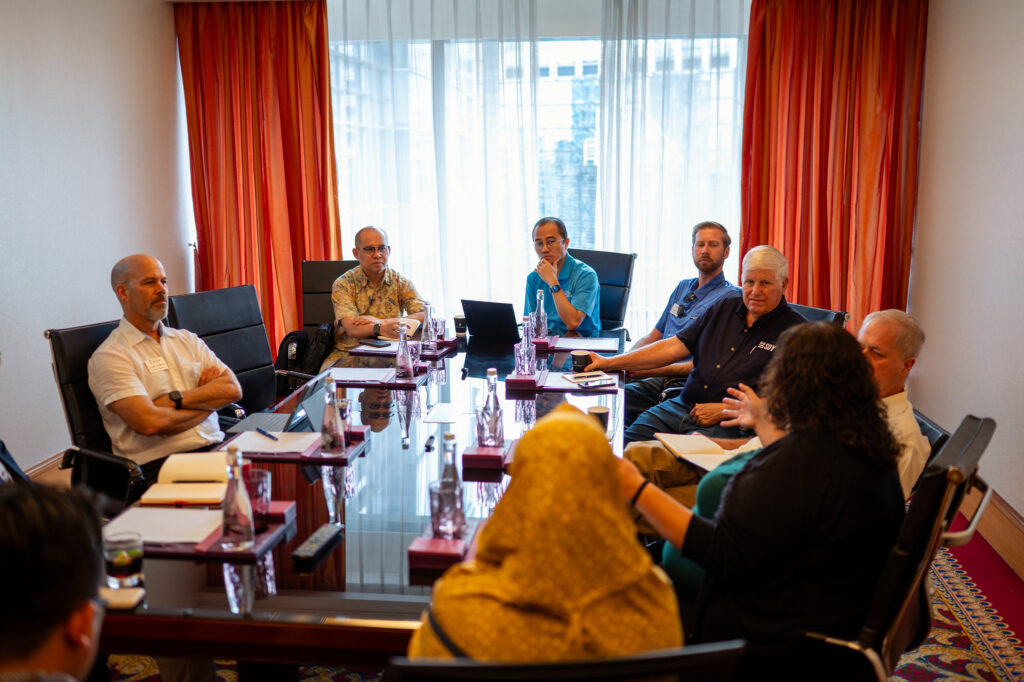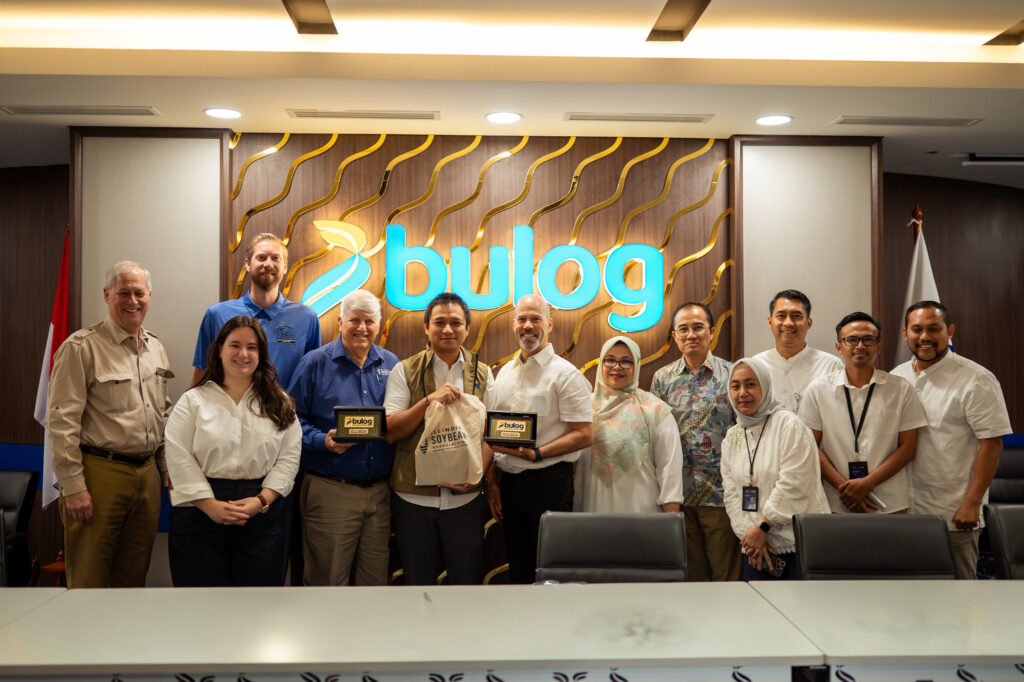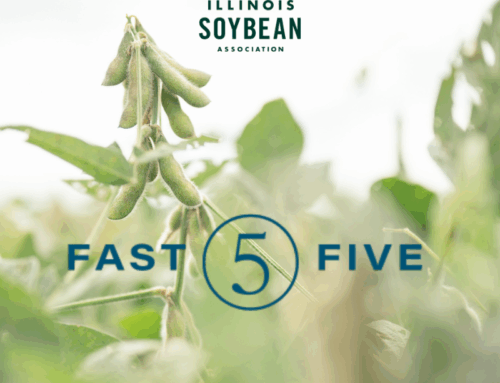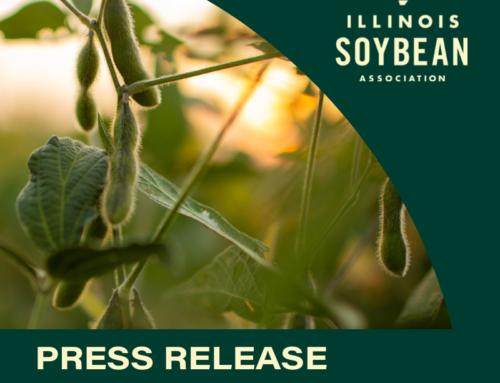A trade mission to Indonesia for the Illinois Soybean Association (ISA) Market Development Committee provided the opportunity to immerse into the culture and industry for a better understanding of consumer buying habits and relationship development. A small delegation traveled to Jakarta for a week of meetings and tours with industry professionals offering insight into a dynamic, growing market for U.S. soy exports.
The largest economy in Southeast Asia and a population of 282 million people, Indonesia is positioned as a pivotal soybean market. Historical data shows a strong agricultural export market to our 11th-largest trade partner, with soybeans totaling $1.24 billion in 2024. With major growth opportunities in retail and food service as well as their reliance on imported ingredients for food and feed, we expect to see rising demand in the region.
However, developing markets do not come without their challenges and barriers to entry. Unpredictable regulations, import quotas and outdated infrastructure all hinder trade opportunities. Yet, this sets the stage for development across all industries. Only controlling 10% of the agricultural import market share, there is room for exponential growth as ISA looks to diversify our markets by building relationships with stakeholders across the value chain in Indonesia.
Check out the pictures below to see how farmers and staff spent their week in Indonesia!

To kick off the week, ISA attended a briefing held by the Foreign Agricultural Service (FAS) to provide background on the U.S./Indonesia trade relationship strengths, weaknesses and opportunities.

The trip continued with various market tours that gave our farmers and staff a direct view into the end uses for soybeans in Indonesia. Azaki Food International exports tempeh food products to 11 countries, including the U.S., 83 tempeh factories in Indonesia and had recently entered the Indian snack food market in August.

BULOG is a food assistance government program that focuses on storing rice, corn and soybeans for food assistance purposes. The company sources food ingredients domestically and internationally to maintain a minimum inventory of 1 million metric tons of rice in its warehouses.

